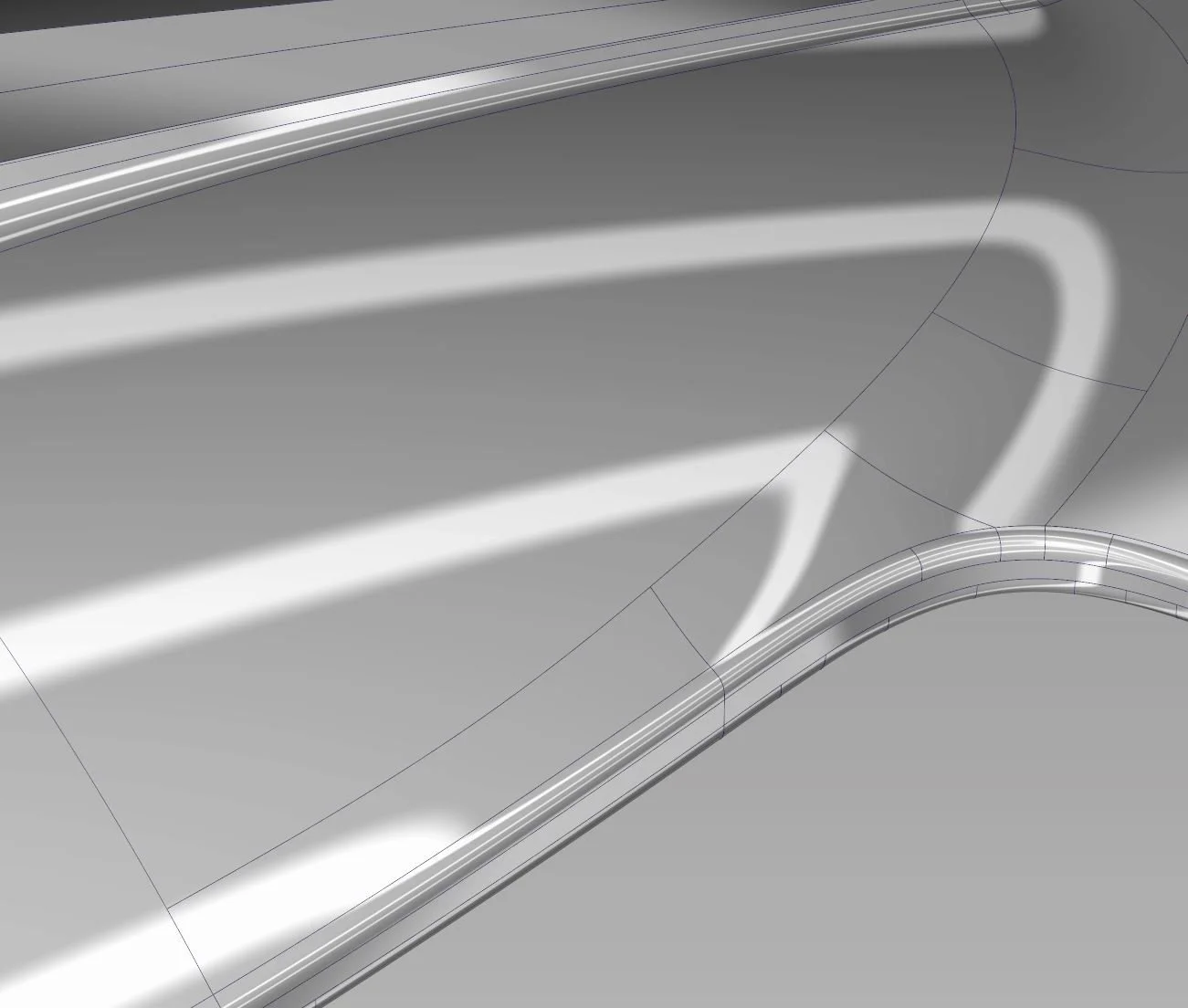
Automotive a-class surfacing?
What does it even mean?
Lets break it down one word at a time.
Automotive..
this basically just means the car industry
But it does have its implications. A car is typically among the most expensive things that a person buys in their lifetime. The industry was estimated to be worth roughly $3.8tr in 2022
Cars are usually painted high gloss, so the shape of the car will affect how the paint reflects its surroundings. This is commonly called “highlights” and it plays a major roll in design.
A-Class..
Probably the least known of these words
“A” is referring to A-surfaces. It is an industry way of saying that the surfaces are on the visible side of the finished product. As opposed to the B-surfaces that are on the inside of the finished product.
The “class” part is a way of saying; “these are standards and tolerances that apply”
So A-Class is saying “The surfaces will be the most visible so these are the standards and tolerances that apply to them.”
Surfacing..
this is just a form of modelling
A common form of cad style is called solid-modelling, this treats parts in a more lifelike style where they behave as solid objects.
But all CAD software renders only the surface of the parts, so in a way all models are “hollow”.
Surface modeling or “surfacing” is just an extrapolation of that concept. The data is still the same, it’s just the process that is different.


